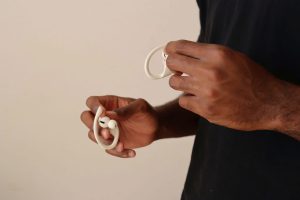
Navigating Consumer Electronics Development: Device and Platforms
EAG provides essential services for common devices and platforms that are instrumental to the electronics industry. These include artificial intelligence, ASICs, PCB Assembly, and Discretes.




